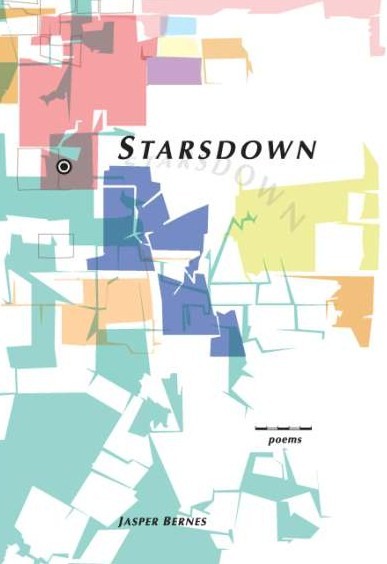Andrews Elmo Parker Shapiro
Bruce Andrews gave a devastating reading last night for David Larsen's New Yipes! reading series, in the concrete and drywall space of endless possibility that is 21 Grand. I can't remember the last time I laughed so hard and with such abandon, or had such a clear sense of the violence upon which so much belly-humor depends. Stopping then, and thinking, not so funny.
Andrews read his poems with an expressive variety and a sense to the value of pauses and tempo changes that I wish more poets would learn from; you could really hear the prose form as a series of grammatical constraints: a set of sentence-forms wherein his avalanche of mixed categories (mixed metaphors, as I meta- here) click into place. I do wish that I got more of a sense of this when I read Andrews on the page, as much as I realize that the all-at-onceness and the brutality of the prose is part of its work. I suspect, though, that now when I turn to read Andrews I'll have a different, and much improved, experience of it. Perhaps, to some degree, the extension and success (or, to some I'm sure, the diminution) of writers like Kasey and Bill Luoma and Kevin Davies is that they bring this kind of variety to the page, and with it a wider range of possible gestures, swerves and gear-shifts.
Perhaps a year ago, Jonathan Mayhew made the remark that Bruce Andrews reminded him of hip-hop, for which comment, as I remember, he was castigated by bloggers various and sundry. Although I see how this is a deeply problematic comparison, I think that what Jonathan was picking up on was the common influence of beat poetry on both forms --those noun paintings and register collisions that you hear in performance poetry today, and which eighties and early-nineties hip hop to some degree resembled. Perhaps the historical argument is shaky, and the common denominator is only an apprent one. Obviously, lots of other influences (vernacular traditions, etc.) that the two don't share, but there was something to Jonathan's comment nonetheless. . .
_____________________________
In other news, it appears our children's toys are in favor of euthanasia. Possible subtitles: paging Melanie Klein; or, revenge of the commodity--potty training = want not equaling need; excess here, privation there (with all apologies to those bloggers/readers who are in the process of potty training their children). The revolution will be really cute.
__________________
Saw the Cornelia Parker installation at the Good Herb center--beautiful and eery, certainly, but how much anti-work a bad pun for a title can do. A word is worth at least a thousand pixels in this instance, or else a superficial politics poorly hung. I sort of wanted the one church in front of the other--a seeing-through rather than a seeing-next-to. And why so cubic? I'm still trying to figure that out.
But Noah was so happy to go on the carousel. He rode the goat. All goats lead to roses.
___
Reading a David Shapiro book for the first time ever (A Burning Interior). What a thrill!




